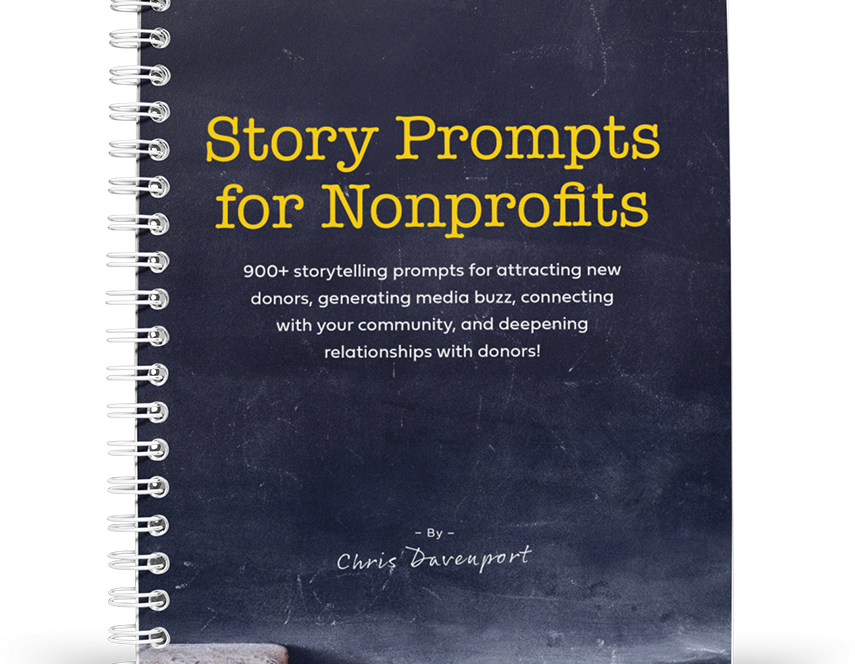In the realm of nonprofits and organizations, collaboration is a cornerstone for achieving impactful outcomes. Effective partnerships and alliances are forged not only through shared goals but also through clear and collaborative communication. In this blog post, we’ll delve into the importance of collaborative communication and explore strategies for fostering meaningful partnerships that drive shared success.
1. Shared Vision and Mission Alignment:
- Begin with a clear articulation of your organization’s vision and mission. Communicate these with potential partners to ensure alignment of goals and a shared commitment to making a positive impact.
2. Open and Transparent Communication Channels:
- Establish open and transparent communication channels from the outset. Foster an environment where partners feel comfortable sharing ideas, concerns, and feedback freely.
3. Regular Collaborative Meetings:
- Schedule regular collaborative meetings to discuss progress, challenges, and strategic planning. These meetings facilitate ongoing communication and provide a platform for all stakeholders to contribute their perspectives.
4. Clear Roles and Responsibilities:
- Clearly define roles and responsibilities for each partner involved. Ensure that everyone understands their contributions to the collaboration, minimizing misunderstandings and streamlining the collaborative process.

5. Joint Communication Strategies:
- Develop joint communication strategies that highlight the collaborative efforts. Whether through joint press releases, co-authored articles, or shared social media campaigns, showcasing unity strengthens the partnership.
6. Responsive and Adaptive Communication:
- Be responsive and adaptive in your communication approach. Recognize that different partners may have diverse communication styles and preferences. Flexibility is key to maintaining a harmonious collaborative environment.
7. Consistent and Coordinated Messaging:
- Maintain consistency in messaging across all collaborative efforts. Coordinated messaging reinforces the shared narrative and reinforces the collective impact of the partnership.
8. Cross-Training and Knowledge Sharing:
- Facilitate cross-training sessions and knowledge-sharing opportunities. This not only enhances the skill sets of each partner but also promotes a deeper understanding of each organization’s strengths and expertise.
9. Strategic Use of Technology:
- Leverage technology for collaborative communication. Utilize shared platforms, project management tools, and collaborative document editing to streamline communication processes and enhance efficiency.





